What is the best time to visit Tahiti? The Queen Island of French Polynesia can be visited at any time of the year. Its tropical climate guarantees warm temperatures between 25 and 32°C and the water temperature remains constant. Tahiti has a dry season and a wet season. Depending on the period, the price of a trip to Tahiti may decrease or increase.
November to April: Not the Best Time to Visit Tahiti
Expect Frequent Rain Showers
The southern summer is characterized by heavy and long rain showers. This period starts in mid-November and has a peak of rainfall in January. Despite some sunny spells, it can also rain all day. Tahiti is a high island with the highest mountain ranges in the archipelago. The peaks usually catch the clouds and when it is not raining, the sky often remains cloudy. Nevertheless, there will always be something to do when it rains in Tahiti.
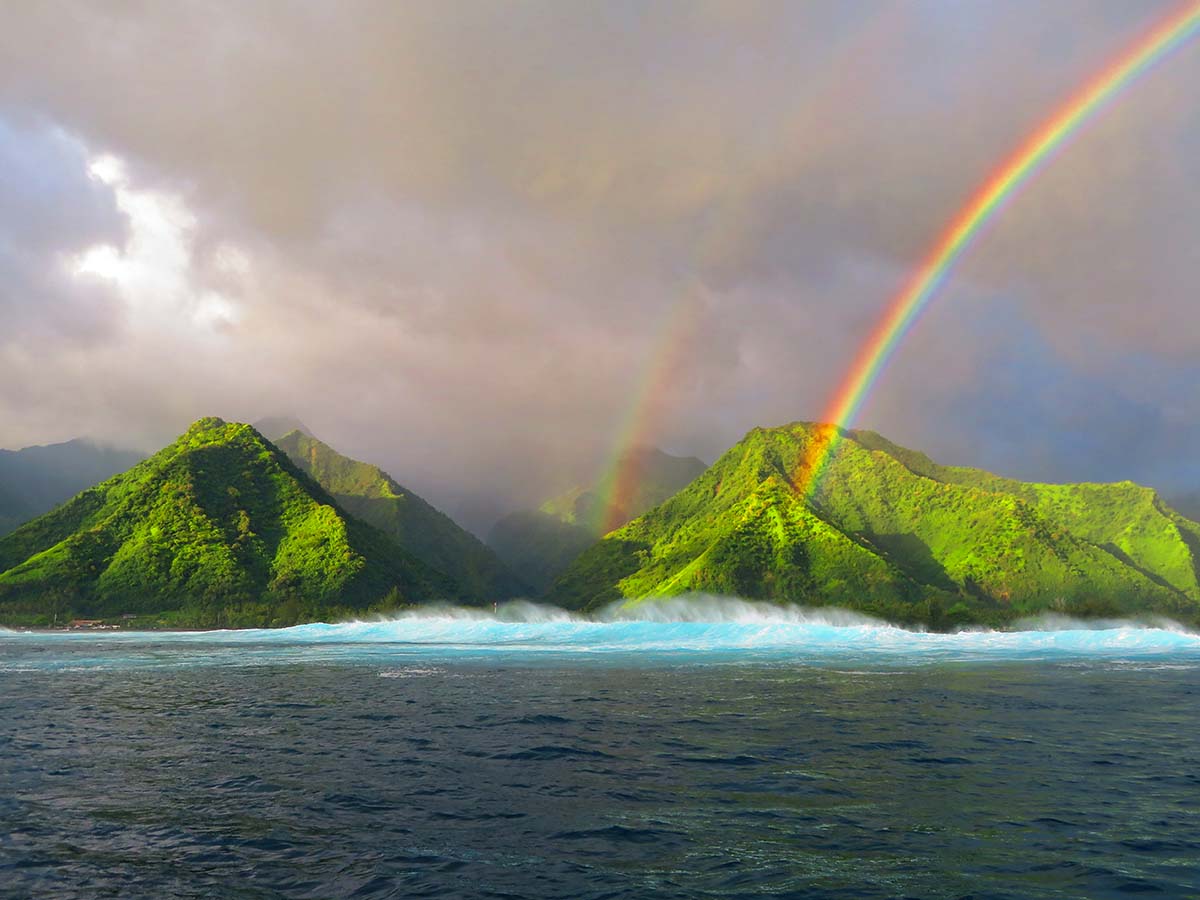
Less sun, more humidity and constant heat make December through March a time to avoid on a first trip to Tahiti. On the other hand, scuba divers will be able to observe aquatic fauna unique to this period and professional surfers will enjoy impressive waves.
A Cheap Period
With the exception of the holiday season, the wet season stands out for its significantly reduced prices. You will notice it in the transportation and accommodation costs. Indeed, flights to Tahiti are more affordable and luxury hotels offer interesting discounts. For example, the price of bungalow rooms can be cut in half.
The cultural life in Tahiti does not stop. Some local festivities can be discovered at the House of Culture in Papeete. At the end of November, Polynesian dance enthusiasts should not miss the annual Hura Tapairu competition at the Grand Théâtre. An interesting fusion between tradition and modernity. Other visitors will attend the International Oceanian Documentary Film Festival in February each year.
May to June: An Advantageous In-Between Time
Going to Tahiti When the Sun Returns

From May on, the weather conditions are constantly improving. The sunshine rate is very satisfactory, temperatures are more pleasant and humidity is no longer a major problem. In addition, you will still benefit from low airfares. Above all, you will benefit from a large availability of hotels in Tahiti. Indeed, the tourist season has just begun and the occupancy rate is not yet prohibitive.
Local Cultural Life Takes Off
The return of the good weather sees many festivities organized in Papeete and Tahiti. The most important event will be the Heiva of the schools (Taupiti ana’e). A little later, the Heiva Rima’i craft fair pays tribute to Polynesian know-how and local producers. This beautiful month of June ends with the Autonomy Day, a popular and festive event with concerts and street entertainment.
July to August: The Best Time to Visit Tahiti
Great Conditions For Perfection
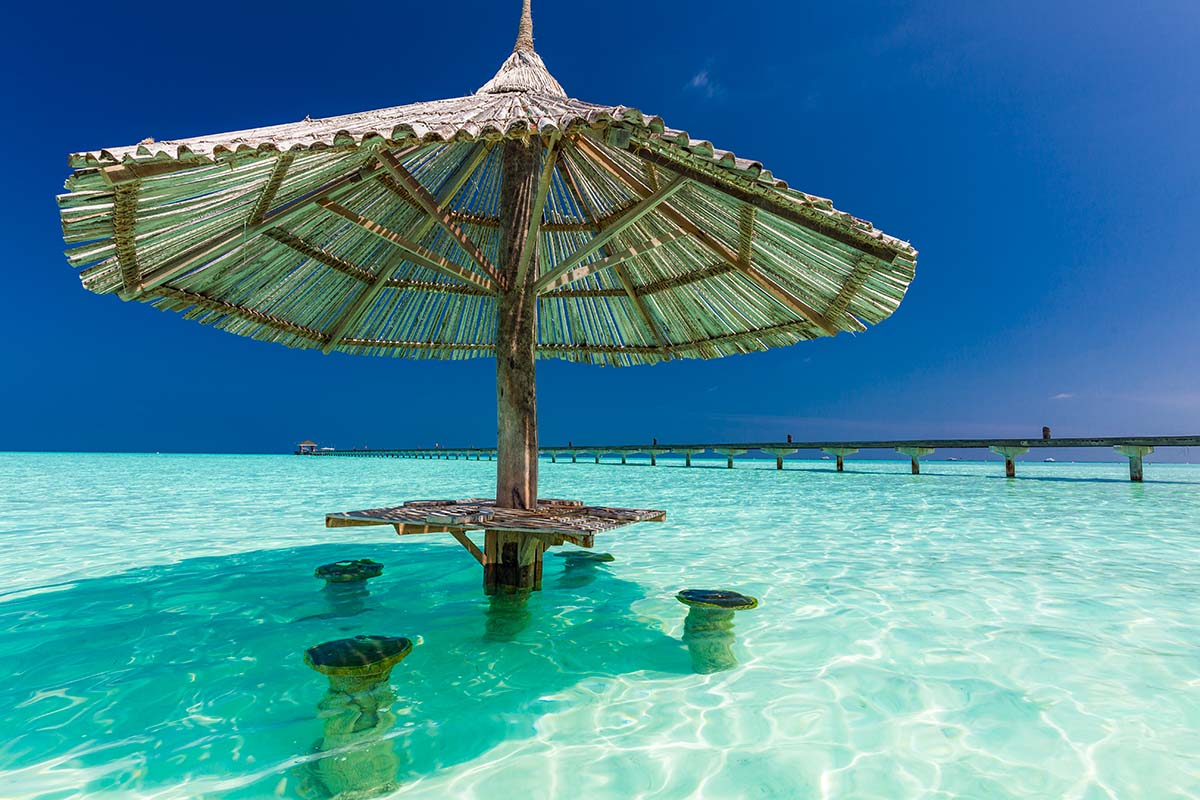
July and August are the best time to go to Tahiti. The sunshine is optimal and the humidity is at its lowest. The dry season is also the ideal time for hiking in Tahiti and visiting the volcanic caves. Indeed, these activities would be cancelled in case of rain the day before. By choosing this period to come to Tahiti, you will put all the chances on your side and enjoy your stay.
The local cultural life reaches its peak. In July, the Heiva i Tahiti dance festival is held. This is an opportunity to discover the Polynesian myth and the Tahitian Vahine. The second cultural event not to be missed is held at the Arahurahu marae. Until the beginning of August, traditional performances take place on a historical site emblematic of Polynesian civilization. Finally, at the end of August, the Tahiti Pro international competition is held on Tahiti Iti, where the world’s greatest surfing champions ride the Wave of Teahupoo.
What Are the Disadvantages of Leaving in July and August?
July and August are a school vacation period for both travelers from Northern Hemisphere countries and residents of French Polynesia. As a result, there are more people, less privacy and less availability for activities and in mid-range hotels. In other words, it is imperative to make reservations well in advance, especially for quality establishments.
Another consequence of the influx of visitors is that airfares are rising sharply. Finding a flight to Tahiti at an affordable price is becoming complicated. This trend is explained by the many expatriates returning to France during this period. International tickets are more expensive and limited in number. This has an impact on domestic flights between the islands of French Polynesia.
September to October: Tahiti Becomes Quiet Again
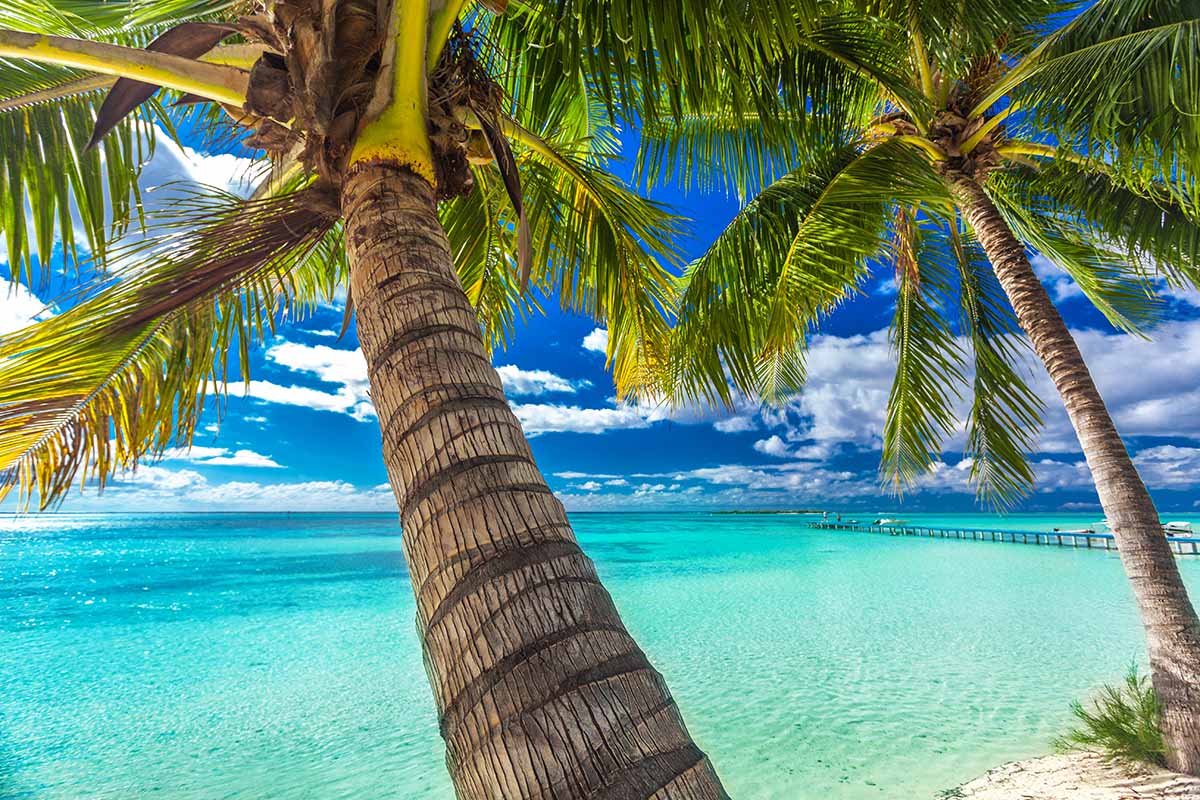
Until mid-October, rainfall remains relatively low and the sun is always shining. You will enjoy the tranquility of Tahiti’s beaches and the serenity of the mountain ranges. Divers will also be able to admire the migration of humpback whales off Tahiti. The phenomenon occurs from July to November and promises unforgettable memories.
Above all, there are far fewer people. School vacations end in August in French Polynesia and international visitors are scarce from early September. As a result, airfares are going down and the hotel offer is now more accessible. Cultural life is becoming more authentic, less grandiloquent. Music, singing or ukulele festivals gather more locals than tourists. It is a very different atmosphere.
September and October are the golden months. The conditions are there to guarantee a quality stay, quiet and sunny, with more affordable prices. More precisely, we recommend the period from mid-September to mid-October to go to Tahiti.
Choose Your Itinerary in French Polynesia
The dry season from May to October is the best time to go to Tahiti. Plan your itinerary to the South Pacific islands. And why not consider a cruise to Tahiti as well? The trip is just beginning. Contact us to start planning your trip to French Polynesia.

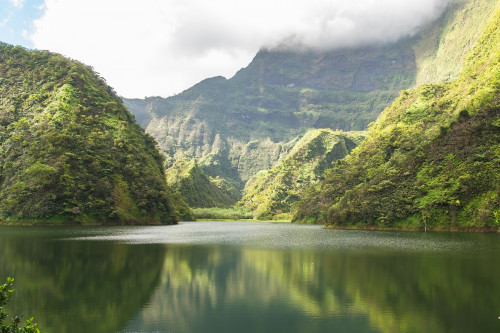
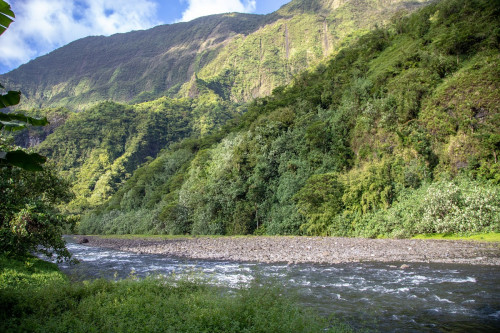
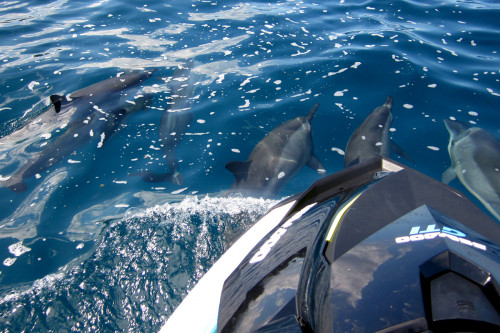
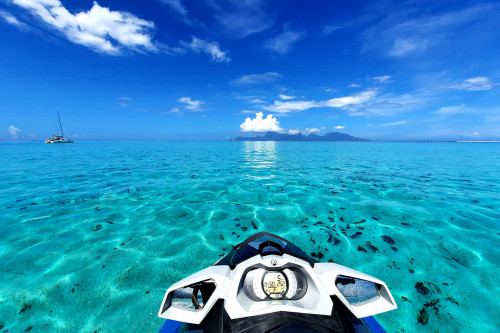
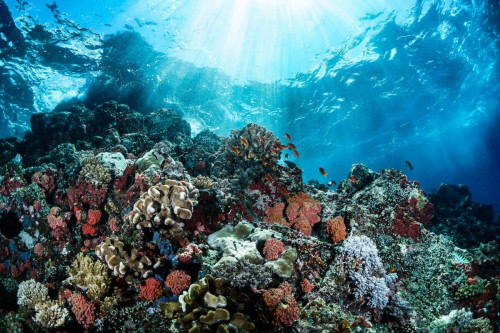
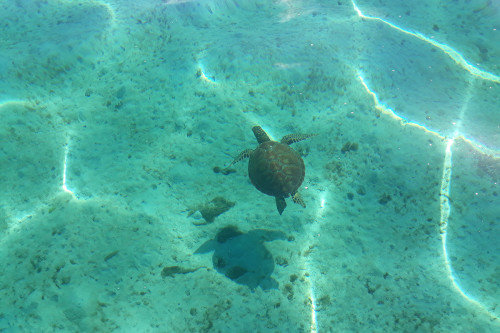
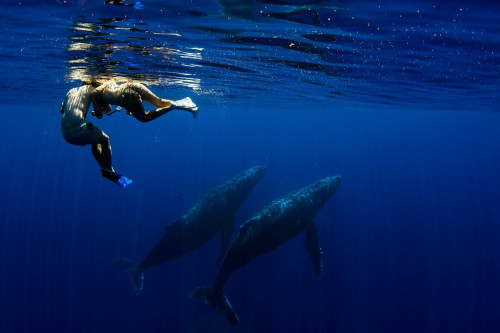
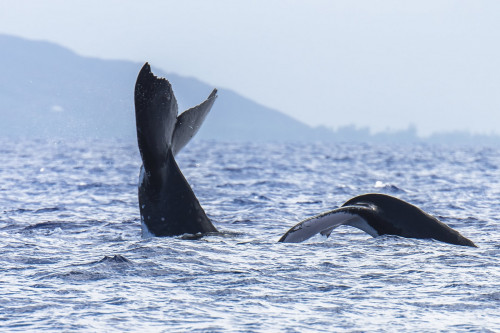

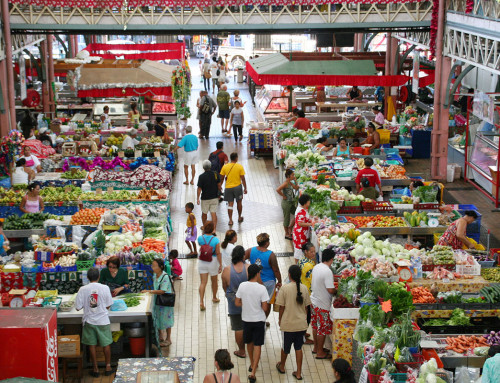
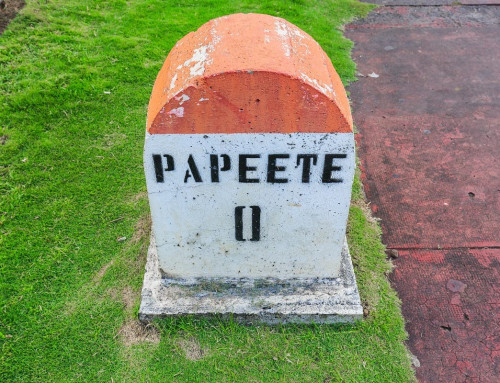

Leave A Comment